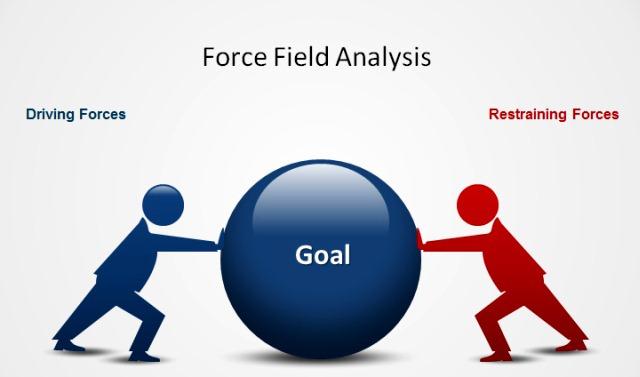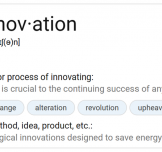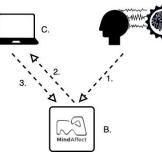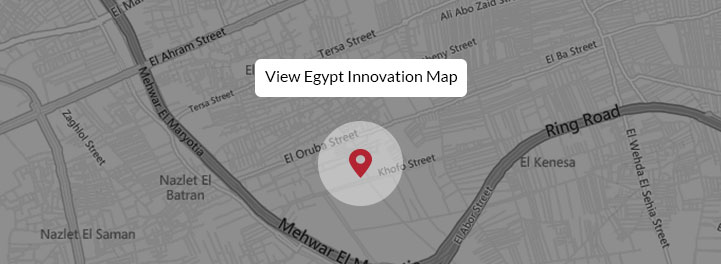Force Field Analysis

Force field analysis is a useful decision-making tool that helps entrepreneurs analyze the forces for and against a change and help you make your own decision. Force Field Analysis was developed by Kurt Lewin in 1940s. Through Force Field, entrepreneurs can to list all of the forces they got and analyze the strengthens and the weaknesses of each force to make a successful change.
Why this tool?
Force field can be used for 2 main purposes, first is to decide whether to continue with the change and second is to increase your chances of success by strengthening the forces that support change and weakening the forces that are against it.
How to use this tool?
Step 1 Define Your Problem
In this step, all you need is to list down the problems in the current situations and the modifications that you need to make. It is also preferable to separate between the situations that contain certain problems and those that are working well.
Step 2 Define the change objective
List the benefits that your startup would get if you applied the changes. It’s pretty important for each startup to identify the different factors that will influence the change.
Step 3 Identify the driving forces
It’s important to identify the factors and pressures that support the change’s direction. Think about the relative strengths of the forces list them down on the Force Field Analysis diagram then find the inter-relationships among the driving forces.
Step 4 Identify the Restraining Forces
After listing the factors and pressures that support your change, list down those that resist it the present situation and then find the inter-relationships among the restraining forces.

Figure 1 Force Field Analysis Example (Source mindtools.com)
Step 5 Develop a Comprehensive Change Strategy
Steps 3 and 4 will reflect the state of equilibrium – it’s when the sum of driving forces equals the sum of the restraining forces- this change might occur due to different combinations of the following
- Strengthening any of the driving forces
- Adding new driving forces (possibly by transforming a former restraining force)
- Removing or reducing any of the restraining forces
So, step 5 should include some consideration of some these consequences when equilibrium forces are reformed (e.g. increase resistance, new alliances, fear, etc.).
Case Study:
Ahmed wanted to scale up his business, however, with the current situation he was not sure if this step is going to affect him positively or negatively. So, he decided to use Force Field Analysis to assess the situation. First, he defined the situation and listed it down the different problems he has and distinguished between those that work well and those that are not. The second step he made was that he defined his scaling up goal and the different factors that will influence the change. Then he listed down the for and against forces and the relationship among each one aka the driving and restraining forces. After that Ahmed started to develop a comprehensive strategy to comprehend the scale-up, so he strengthened the driving forces and tried to add new ones as well as reducing the restraining forces.
Pros and cons:
What’s good about Force Field analysis is that it gives you a visual summary of all the various factors that you have whether it’s for or against as well as look at the qualitative factors that may impact the success or the failure of your decision through analyzing it. On the other hand, Force Field Analysis requires the involvement of the full team to get accurate information and this can be a disadvantage also it might result in the division of the team.

































































EgyptInnovate site is not responsible for the content of the comments